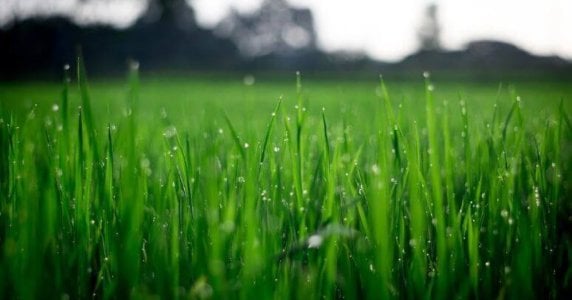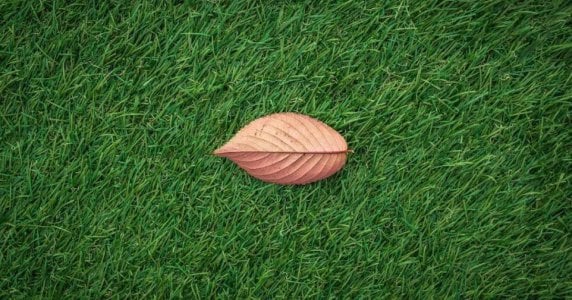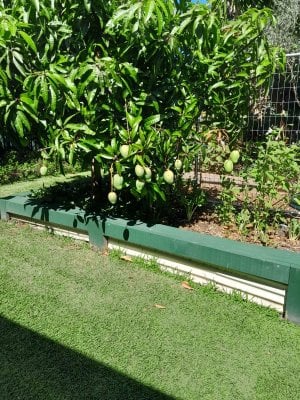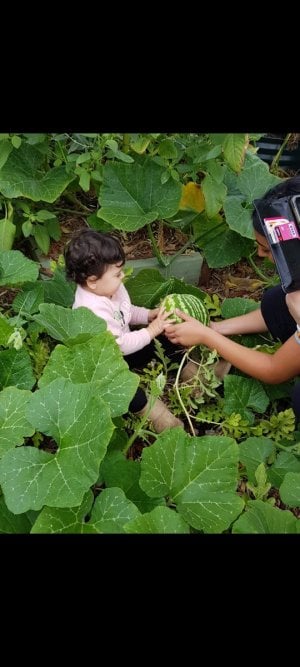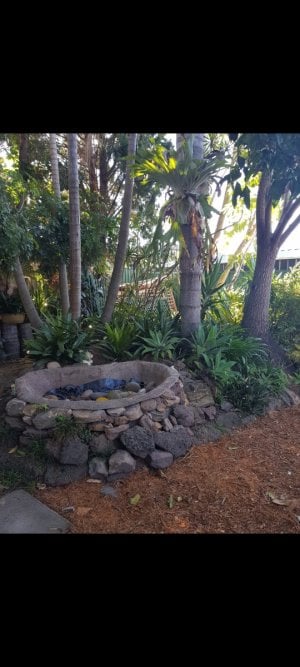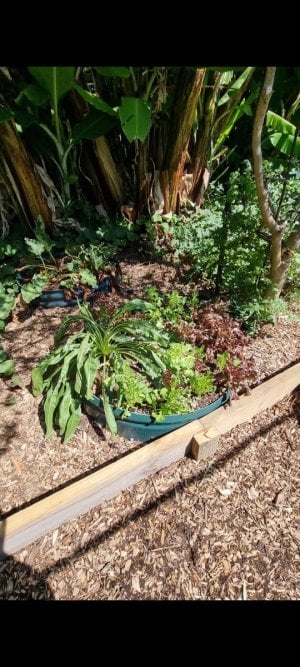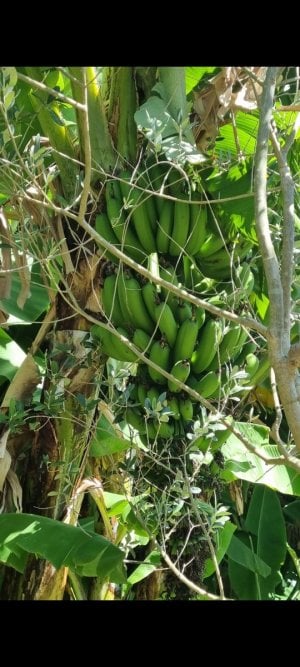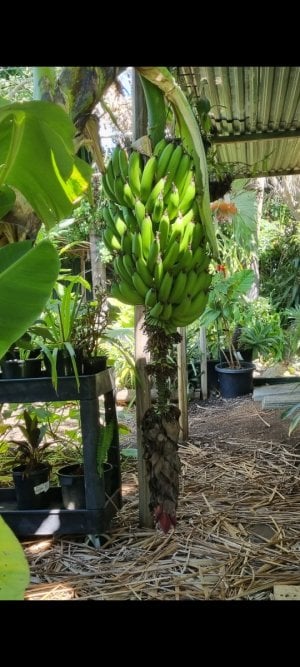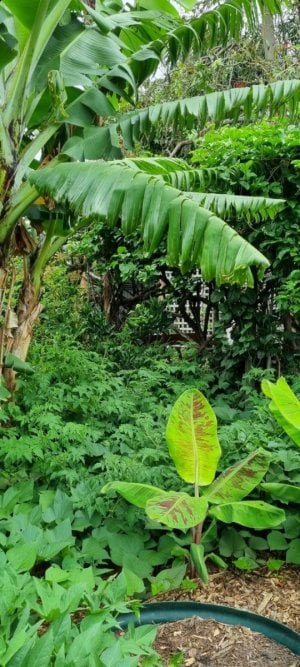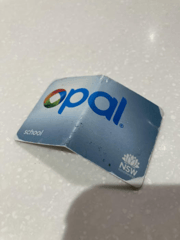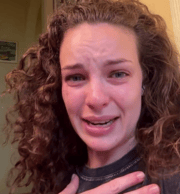Gardening groups warn that fake grass is 'as bad as blowing smoke in a baby's face'
- Replies 24
Artificial grass has increased in popularity recently as more people look to drought-proof their backyard or transform a space to look warmer and more welcoming. Some don’t have the time to mow their lawns, so they install fake grass instead.
However, gardening groups have declared the growing trend has to stop before irreparable environmental damage is done.
They even went so far as to compare it to ‘blowing smoke in a baby’s face’.
Leading environmental groups from the UK insisted that fake grass should be considered a ‘crime against nature’ for the ‘extreme environmental damage’ it causes.
According to Lynne Marcus from the Society of Garden Designers, they want to get their point across to ‘people who are thinking of putting in artificial grass, and that it’s as serious as not wearing a seatbelt or blowing smoke in your baby’s face’.
She added: ‘I find it remarkable that people think it’s not OK to get a plastic bag, but it’s OK to cover your whole garden with plastic sheeting, which is what you’re effectively doing – and destroying 1,000 years of topsoil to do it.’
Ms Marcus revealed that her team, together with the Royal Horticultural Society and the Landscape Institute, is launching a ‘Say No To Plastic Grass and Plants’ campaign to try and turn the tide.
‘It’s destroying lots of countries, but we can do something about this one. And now is the time to move on because the public is beginning to feel much more protective about our wildlife,’ she explained.
However, Ms Marcus also admitted that some of her clients still insist on artificial grass. ‘We need to get people to stop asking for it. All I can do is do my best to try to persuade them that this is just not a good idea,’ she continued.
Based on research from Google Trends, a site that tracks online searches, interest in artificial laws spiked 185 per cent during the pandemic. Dr Mark Gush from the Royal Horticultural Society said that plastic grass had so many negative aspects.
This included plastic pollution, the creation of more greenhouse gasses during manufacturing, and the risk that synthetic materials will seep into the Earth.
The leading gardening organisations also wanted to debunk myths about artificial grass, such as claims that it is easier to maintain than real grass. In reality, artificial grass must be regularly cleaned and vacuumed as it can become smelly, especially with pets.
They also stated that removing real grass destroys the habitats that certain wildlife depends on since grass contains a ‘vast ecosystem of organisms that help both the food chain and biodiversity’.
Consumer advocacy organisation CHOICE said that there are downsides to fake grass aside from environmental damage. First, an artificial grass lawn costs roughly double to install.
Second, while a well-maintained, high-quality installation can last up to 25 years, standard warranties only last seven to 10 years. And this could mean that you might find that your lawn needs substantial maintenance and replacement after some time.
Third, according to the advocacy group, the surface of artificial grass can become ‘dangerously hot’ under direct sunlight. This poses a significant burn risk, particularly to young children.
Dr Sebastian Pfautsch, an Associate Professor in Urban Studies at the University of Western Sydney, explained: ‘Surface temperatures of unshaded artificial turn can reach ‘100°C on a hot day’. This can easily cause surface burns, especially for toddlers and young children.’
He added that in 2020, three toddlers sustained second-degree burns after walking barefoot over artificial grass at their childcare centre.
Mr Pfautsch also warned that radiant heat is also an issue.
‘The air temperature surrounding unshaded artificial turf is significantly elevated,’ he said before adding that those who stand for long periods on unshaded turf will be exposed to higher temperatures. The person will be subjected to dehydration, heat rashes, and heat exhaustion.
This could also affect the temperature of your home.
‘If you have a small block with very little airflow, the turf will re-radiate stored heat into the microclimate surrounding your home, effectively heating up your house,’ he declared.
 Do you have a fake lawn or a natural lawn? We would love to hear what you have to say about the matter, so please tell us your thoughts and experiences in the comments below!
Do you have a fake lawn or a natural lawn? We would love to hear what you have to say about the matter, so please tell us your thoughts and experiences in the comments below!
However, gardening groups have declared the growing trend has to stop before irreparable environmental damage is done.
They even went so far as to compare it to ‘blowing smoke in a baby’s face’.
Leading environmental groups from the UK insisted that fake grass should be considered a ‘crime against nature’ for the ‘extreme environmental damage’ it causes.
According to Lynne Marcus from the Society of Garden Designers, they want to get their point across to ‘people who are thinking of putting in artificial grass, and that it’s as serious as not wearing a seatbelt or blowing smoke in your baby’s face’.
She added: ‘I find it remarkable that people think it’s not OK to get a plastic bag, but it’s OK to cover your whole garden with plastic sheeting, which is what you’re effectively doing – and destroying 1,000 years of topsoil to do it.’
Ms Marcus revealed that her team, together with the Royal Horticultural Society and the Landscape Institute, is launching a ‘Say No To Plastic Grass and Plants’ campaign to try and turn the tide.
‘It’s destroying lots of countries, but we can do something about this one. And now is the time to move on because the public is beginning to feel much more protective about our wildlife,’ she explained.
However, Ms Marcus also admitted that some of her clients still insist on artificial grass. ‘We need to get people to stop asking for it. All I can do is do my best to try to persuade them that this is just not a good idea,’ she continued.
Based on research from Google Trends, a site that tracks online searches, interest in artificial laws spiked 185 per cent during the pandemic. Dr Mark Gush from the Royal Horticultural Society said that plastic grass had so many negative aspects.
This included plastic pollution, the creation of more greenhouse gasses during manufacturing, and the risk that synthetic materials will seep into the Earth.
The leading gardening organisations also wanted to debunk myths about artificial grass, such as claims that it is easier to maintain than real grass. In reality, artificial grass must be regularly cleaned and vacuumed as it can become smelly, especially with pets.
They also stated that removing real grass destroys the habitats that certain wildlife depends on since grass contains a ‘vast ecosystem of organisms that help both the food chain and biodiversity’.
Consumer advocacy organisation CHOICE said that there are downsides to fake grass aside from environmental damage. First, an artificial grass lawn costs roughly double to install.
Second, while a well-maintained, high-quality installation can last up to 25 years, standard warranties only last seven to 10 years. And this could mean that you might find that your lawn needs substantial maintenance and replacement after some time.
Third, according to the advocacy group, the surface of artificial grass can become ‘dangerously hot’ under direct sunlight. This poses a significant burn risk, particularly to young children.
Dr Sebastian Pfautsch, an Associate Professor in Urban Studies at the University of Western Sydney, explained: ‘Surface temperatures of unshaded artificial turn can reach ‘100°C on a hot day’. This can easily cause surface burns, especially for toddlers and young children.’
He added that in 2020, three toddlers sustained second-degree burns after walking barefoot over artificial grass at their childcare centre.
Mr Pfautsch also warned that radiant heat is also an issue.
‘The air temperature surrounding unshaded artificial turf is significantly elevated,’ he said before adding that those who stand for long periods on unshaded turf will be exposed to higher temperatures. The person will be subjected to dehydration, heat rashes, and heat exhaustion.
This could also affect the temperature of your home.
‘If you have a small block with very little airflow, the turf will re-radiate stored heat into the microclimate surrounding your home, effectively heating up your house,’ he declared.
Key Takeaways
- Leading gardening groups have argued that installing a fake plastic lawn should be as socially unacceptable as blowing cigarette smoke in a baby’s face.
- The Royal Horticultural Society, the Landscape Institute, and the Society of Garden Designers are launching a ‘Say No To Plastic Grass And Plants’ campaign.
- Artificial lawns cause plastic pollution, create more greenhouse gases during manufacture, and risk leaching into the Earth.

